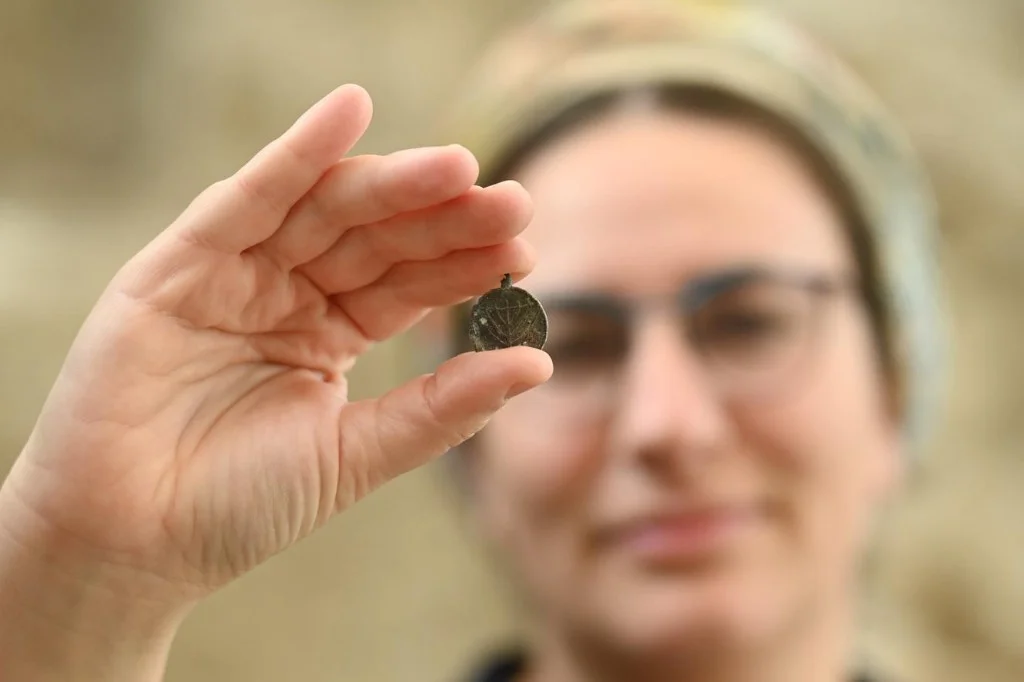Jerusalem, 21 August, 2025 (TPS-IL) — Long before coins were invented, silver served as a form of money in the Land of Israel, a new study by the University of Haifa reveals. Published in the Journal of World Prehistory, the research shows that from roughly 3,600 to 2,600 years ago, silver was systematically used for trade, savings, and payments.
“The findings show that although there were no coins, silver was regularly used as a means of payment, saved for future transactions by both institutions and private individuals,” said Dr. Tzilla Eshel, who led the study at the Zinman Institute of Archaeology. “This points to an established economic system that evolved gradually and even included periods of adaptation and forgery.”
Eshel and her team analyzed dozens of silver hoards from the Bronze and Iron Ages, discovered across Israel. Many of these hoards, once thought to be raw material deposits or ritual offerings, were in fact carefully measured and used as proto-currency.
The study examined hoards dating from the 20th to the 6th centuries BCE, considering burial sites, item types, and social context. Chemical analyses of 230 items from 19 hoards revealed changes in purity over time, including the deliberate addition of copper and arsenic between the 12th and 10th centuries BCE—likely attempts to reduce value, disguise declining purity, or create intentional forgeries.
Evidence from the Shiloh and Gezer regions indicates that as early as the 17th century BCE, weighed silver was already used for commerce. While gold temporarily replaced silver during the Late Bronze Age, silver regained prominence from the 13th century BCE onward. The increasing number and distribution of hoards in the Iron Age—including in private homes—demonstrates that silver had become an integral part of everyday life. Items such as ingots, cut jewelry, and broken silver pieces suggest that value was determined by weight rather than form.
“The first coins were only invented in the 7th century BCE,” Dr. Eshel noted. “But the principles of a monetary system—uniformity, value control, and even forgery—were already in operation here hundreds of years earlier.”



























